Hinduism Origin: Hinduism is the faith followed by majority of people in India and by most of the Indians living around the World. It is believed that it is the first religion established near Indus Valley where civilization emerged in human life.
Hinduism Origin
Table of Contents
The mass of land encompassing the South-Western and Southern Region of Asia is considered to be the cradle of Hinduism, the premier faith followed in the civilized society.
Hinduism has neither an exact date of commencement nor any individual who can claim to be the founder. The Hinduism origin is said to be commensurate with the Vedic period.
Evolution
 Human civilization started to come into being on discovery of fire and wheel. When human beings started to involve in agriculture, group living and devising norms for family life, religion came into place as a regulator, pathfinder and as a recourse for correction. This helped the humans to learn to set objectives and goals in leading the life which radically differed from animal life.
Human civilization started to come into being on discovery of fire and wheel. When human beings started to involve in agriculture, group living and devising norms for family life, religion came into place as a regulator, pathfinder and as a recourse for correction. This helped the humans to learn to set objectives and goals in leading the life which radically differed from animal life.
![]()
Practice
Hinduism prescribes four rules called as “Purushaarthaas” which means goals which give meaning to civilized human life.
Dharma
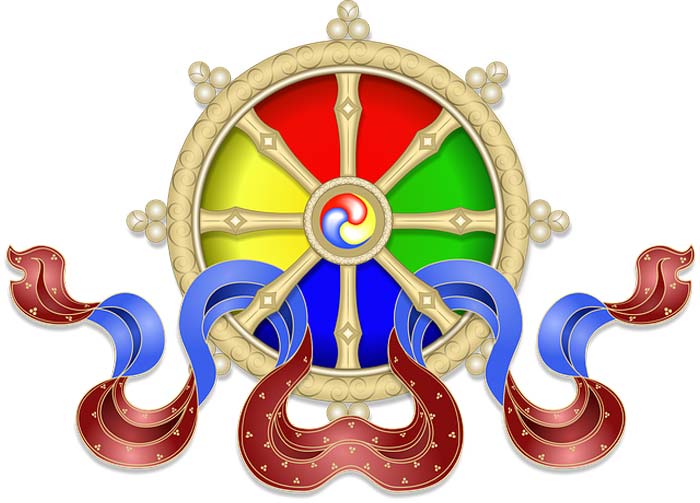 This denotes conscious and ethical discharge of duties with conscience. It is difficult to define. However, with good conscience, it is easy to follow. Dharma is unique to Hinduism. It encompasses duties, honesty, ethics, righteousness, conscience, acquiescence to rules and also application of mind. Dharma is not a mere obligation to oblige someone, but it is to fulfill a duty honestly to achieve a righteous goal.
This denotes conscious and ethical discharge of duties with conscience. It is difficult to define. However, with good conscience, it is easy to follow. Dharma is unique to Hinduism. It encompasses duties, honesty, ethics, righteousness, conscience, acquiescence to rules and also application of mind. Dharma is not a mere obligation to oblige someone, but it is to fulfill a duty honestly to achieve a righteous goal.
![]()
Artha
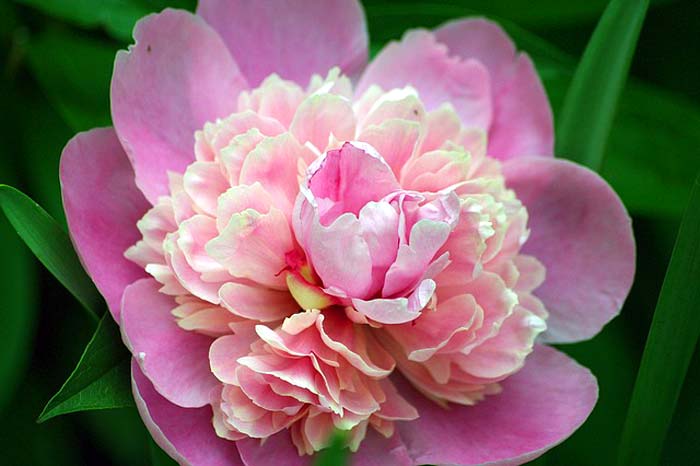 This means material life which means various types of work to earn wealth to have a living. It includes all types of work to attain wealth and prosperity.
This means material life which means various types of work to earn wealth to have a living. It includes all types of work to attain wealth and prosperity.
![]()
Kama
 This means pleasurable living, giving in to the senses aimed at satisfying the senses. This is intended for faithful family life.
This means pleasurable living, giving in to the senses aimed at satisfying the senses. This is intended for faithful family life.
![]()
Moksha
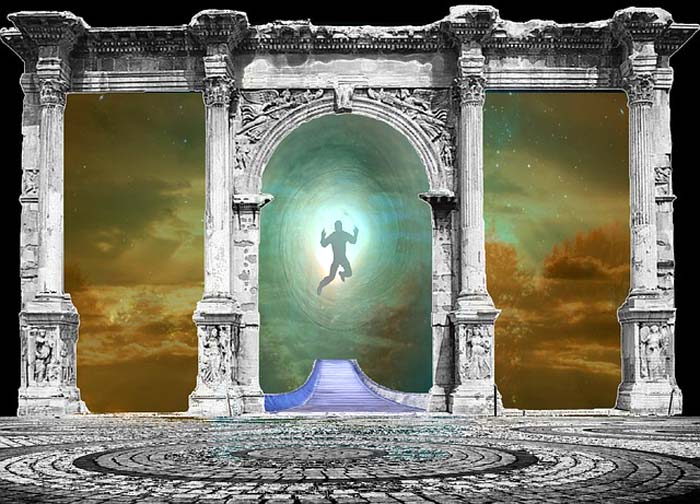 Hinduism propagates belief in next birth. The word “Aatma” gives significant dignity to the Soul. It is believed that:
Hinduism propagates belief in next birth. The word “Aatma” gives significant dignity to the Soul. It is believed that:
- the human life is the 7th life of an Aatma;
- a person is born into a human being after having lived in animal forms in the earlier 6 births;
- if the human does not follow the Dharma, he will keep on being born as human and suffer for all the misdeeds done in earlier births as human;
- the aatma which follows Dharma in letter and spirit will attain a liberation / actualization / ultimate bliss which does not result in re-birth and this is Moksha;
- there are Swarg and Narag which mean Heaven and Hell after the end of life.
![]()
The strictures referred above are put in place to regulate human life in moral path. Moksha also denotes detached attachment. Sanyasa which means hermit life, is also considered to be a way for Moksha.
The Goals of Life
Karma
 This means that actions or activities with an objective and the consequences of such actions. This denotes all the doings and deeds. This necessitates the basic qualities of caution, consideration and intelligence in ascertaining the possible results and reactions for every contemplated action in human life.
This means that actions or activities with an objective and the consequences of such actions. This denotes all the doings and deeds. This necessitates the basic qualities of caution, consideration and intelligence in ascertaining the possible results and reactions for every contemplated action in human life.
![]()
Samsara
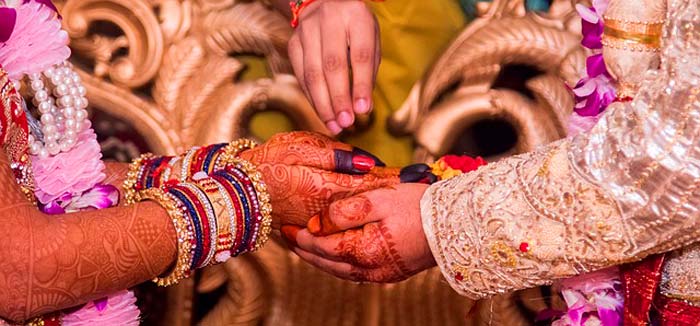 This means family life with existence of love and affection. This includes the duties of humans as husband, wife, father, mother, brother, sister, son, daughter etc. Here the relationship by birth / marriage plays a major role. It is believed that failure in fulfilling familial obligations will result in re-birth till the “debt of deed” is discharged in next birth(s).
This means family life with existence of love and affection. This includes the duties of humans as husband, wife, father, mother, brother, sister, son, daughter etc. Here the relationship by birth / marriage plays a major role. It is believed that failure in fulfilling familial obligations will result in re-birth till the “debt of deed” is discharged in next birth(s).
![]()
Yoga
 This means various practices such as prayers, poojas, pilgrimage, festivals, recitations, meditation etc, these rituals give meaning, purpose and entertainment to human life.
This means various practices such as prayers, poojas, pilgrimage, festivals, recitations, meditation etc, these rituals give meaning, purpose and entertainment to human life.
![]()
As a premier religion, Hinduism played a pivotal role in steering the society. Even now, Hinduism has solutions for anomalies in human life. That is why it is called as “Sanathana” which means “eternal“.
The eternity stems from the fact that Hinduism is not ‘spread’ and but followed for generation after generation by way ‘Sruti’ and ‘Smruti’ which means ‘listened to’ and ‘remembered’. It has followed the cycle of hearing, understanding, telling, discussing and remembering.
Tharka meaning logical debates are always encouraged to evolve ways to propagate and follow the nuances of Dharma. This kind of intelligent openness is unique to Hinduism.
The main scriptures which contained the crux of Hinduism are the four “Vedhams” which serve as pillars. They are Rug (chanting of manthras or hymns), Yajur (rituals), Sama (music and arts), Adharvana (medicine, astrology, astronomy) etc. All these put together are called samhidhaas meaning collection of Vedhams.
The scriptures are also available in Upanishads which provide guidance for the way of thinking and for the way of life. Upanishads are of various types such as Brahadaaranyaka, Chandogya, Kena, Katha, Aitreya etc.
The Vedhams and Upanishads were taught by the sages who were called ‘Rishis’. ‘Rishis’ were leading married life. Being a Rishi was never associated with compulsory celibacy. “Rishi pathnis” were also the scholars in Vedic scriptures.
The “Sishyaas” i.e, the students should stay with the Rishi family, help the family in their daily chores, have their food, listen as and when the teacher teaches irrespective of the time of the day.
Each Rishi is a personified ‘Gothram’. All the students studying under one Guru are called “Sa Gothra” from which the word ‘sagotharan’ is formed. It means that the students should treat each others as own brothers.
To avoid family feuds, members of same gothram never marry within the group. This also encouraged people to expand the society beyond their family circle. This system is the route for the civilization with culture.
Hinduism is not confined to any Rule Book which describes the “dos” and “don’ts“. It accommodates both believers and non believers. Any kind of worship is accepted. What is important is following of Dharma. Even if a person is not regular in his prayers and temple visits, if he does his Karmas with Dharma, he is the true Hindu.
Source of reference: The order of the names of ‘Purusharthas’ and ‘Karma, Samsara, Yoga’ are referred from the web-site.


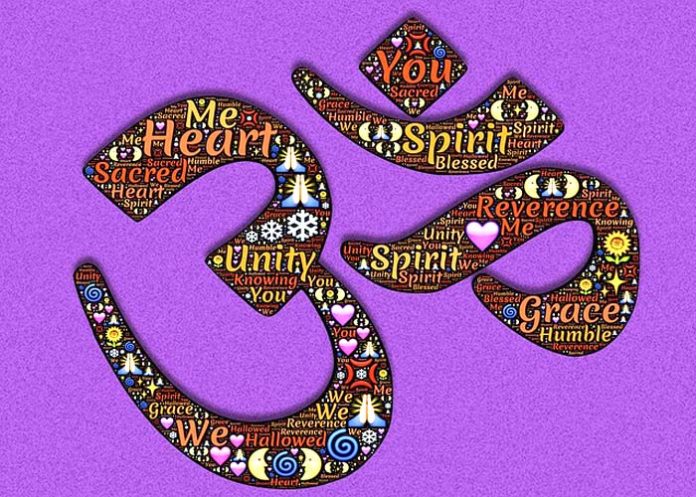
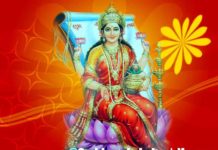
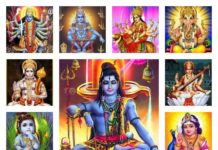
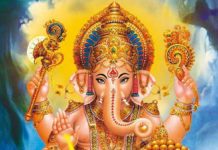
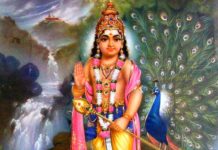
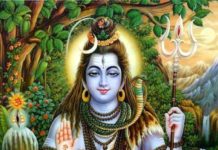
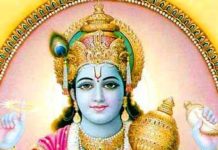
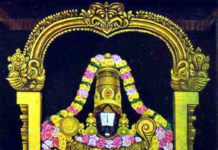
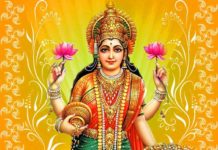
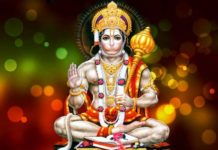
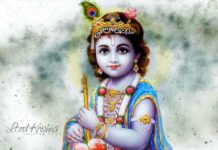
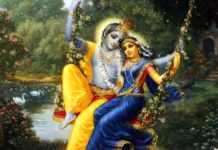
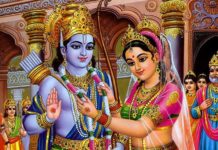
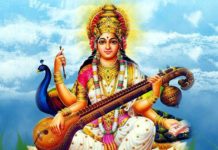
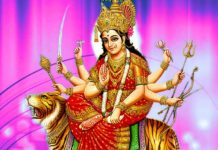
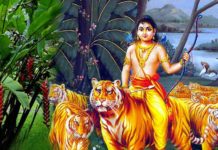
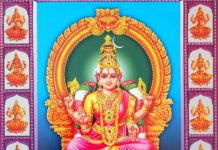
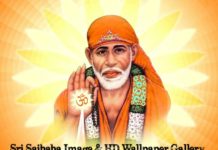
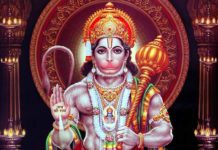
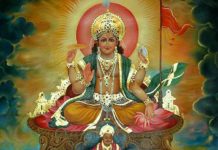
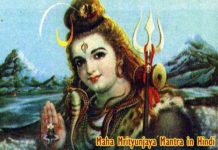
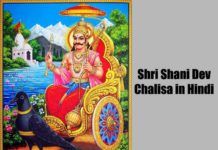
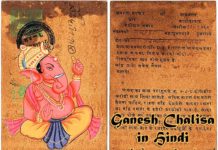

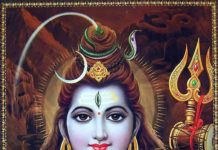
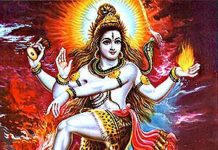
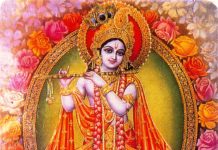
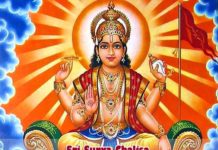
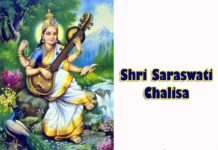
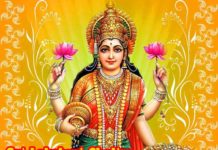
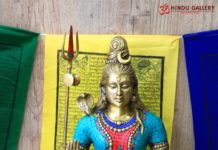



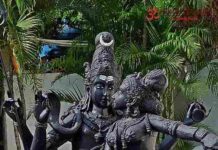
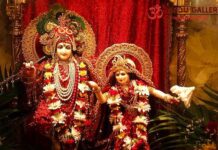
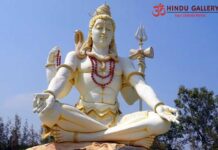
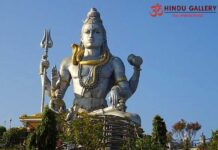

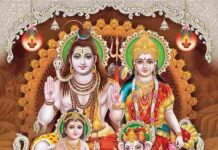

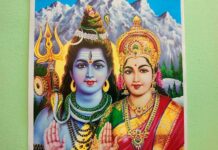
Beautiful this will help the younger generation to expanded their knowledge in the Hindu culture thank you very much Daniabaad